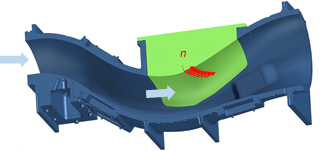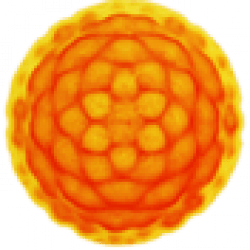
The flow in offset or serpentine diffusers is dominated by streamwise vorticity concentrations that advect of low-momentum fluid from the diffuser’s surfaces into the core flow. These effects contribute to overall losses and give rise to flow distortion along the diffuser. Because the formation of these vortices is strongly coupled to locally separated flow domains over the curved surfaces in the diffuser’s turns, the present experimental investigations exploit this coupling for controlling their evolution to mitigate the induced flow distortion and losses. The present investigations progress from a relatively mild offset diffuser in which the coupling mechanism between a concentration of trapped vorticity and the formation of streamwise vortices can be investigated to a more severe, serpentine configuration that is ultimately equipped with a cowl inlet. Active flow control based on fluidic actuation is used to control the formation and evolution of the vortices and thereby mitigate their adverse effects. The fundamental mechanisms by which the actuation methods (fluidic oscillating jets, autonomous bleed) control the flow are investigated using static and total pressures, pressure sensitive paint (PSP), particle image velocimetry (PIV), and surface oil visualization. It is shown that the evolution (strength and topology) of these vortices and hence their adverse effects can be considerably altered both at the inlet cowl and at the separation domains over the diffuser’s turns with significant reductions in flow distortions and losses.

Supported by ONR
